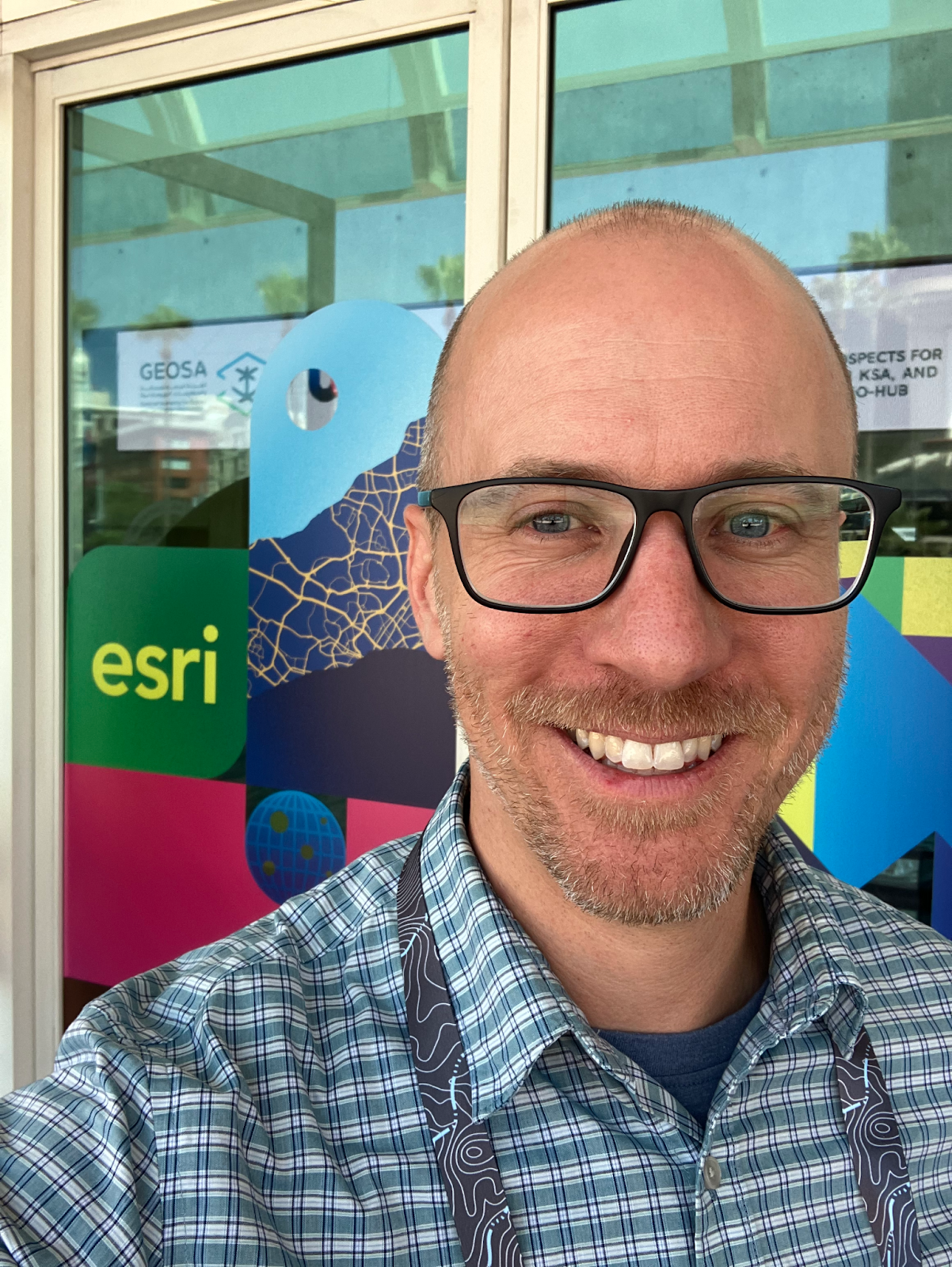Every July, San Diego becomes the global hub for all things geospatial – and this year’s Esri User Conference proved once again why it's one of the most important events in the mapping and location intelligence world.
While our days were packed with meetings, sessions, and walking the expo floor, the real value of Esri UC lies in connecting with people across a wide array of organizations. Here are a few key themes we noticed about where the industry is headed:
Multiple sessions and demos highlighted POI data as more than a visual aid. Places data is mission-critical across many industries. From logistics to public health to disaster response, organizations are relying on rich, fresh, and accurate points of interest data to power internal systems, decision-making tools, and customer experiences.
One surprising insight: International address geocodes are key to global initiatives for several companies. One hardware technology firm presented their work creating a customer-to-wearhouse-to-technician service supply network. The foundation to this advanced analysis started with address data. In countries where this content is difficult to source, it is difficult to provide support services and expand their market footprint.
A recurring phrase this year was the “conflation tax” – the hidden cost companies pay to reconcile inconsistent datasets. Whether it's open data like OSM or commercial sources, the industry is collectively feeling the burden of duplicate records, mismatched formats, and manual cleanup work.
We saw increasing momentum behind standards efforts like GERS (Global Entity Reference System) and growing appetite for interoperable identifiers and data matching services like Placekey. In an era where more data is not always better, data that is easily joinable has a competitive edge.
Presentations from public sector leaders emphasized how government and commercial data ecosystems are blending. Many agencies are adopting hybrid strategies: starting with authoritative government sources while also integrating commercial location datasets to get faster insights and fill gaps. This work is especially critical in areas like infrastructure resilience, supply chain visibility, and emergency response.
Organizations like KPMG, CVS, and Stripe presented how GIS is evolving from a static mapping tool into a cross-functional data platform. We saw examples of tax boundary mapping, site selection, and clinical risk modeling, all powered by Esri. But enterprise GIS modernization still moves at a glacial pace. Many teams are still transitioning their data and analytics stack to take advantage of new cloud capabilities, and change management remains a real hurdle.
While not as dominant as at pure AI conferences, Esri UC did hint at a coming convergence: Spatial intelligence is becoming inseparable from AI. From grounding large language models in the real world, to powering map-centric agents, to enriching user-generated content with real-world context; location data is emerging as the connective tissue.
But not just any data will do. AI models need location datasets that are precise, current, and detailed. Rich metadata capturing not just where places are, but what they are, how they relate to one another, and how they evolve over time keeps AI outputs from being generic, incomplete, or flat-out wrong.
As AI moves from demos to mission-critical applications, the demand for focused, trustworthy location datasets is only going to accelerate.
Esri UC remains a barometer for the spatial data industry. The conversations this year weren’t just about maps – they were about operational excellence, data standardization, and solving real-world challenges. Whether it’s a franchise planning a new location or a government agency preparing for natural disasters, the foundation is the same: accurate and connected data about the physical world.
Until next year, San Diego. 🌍
